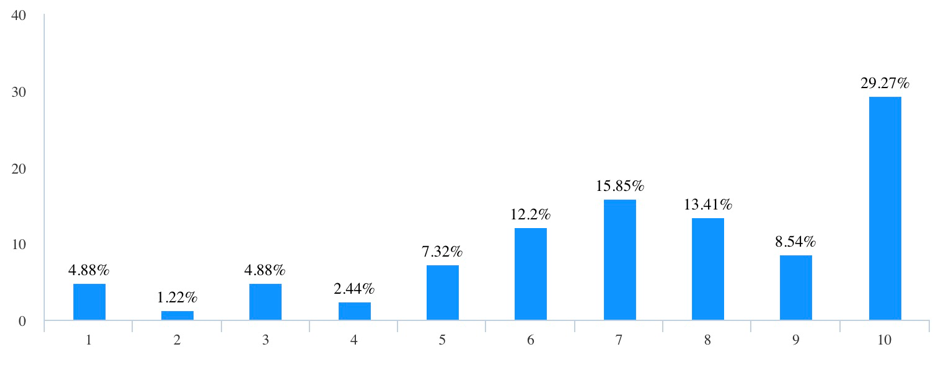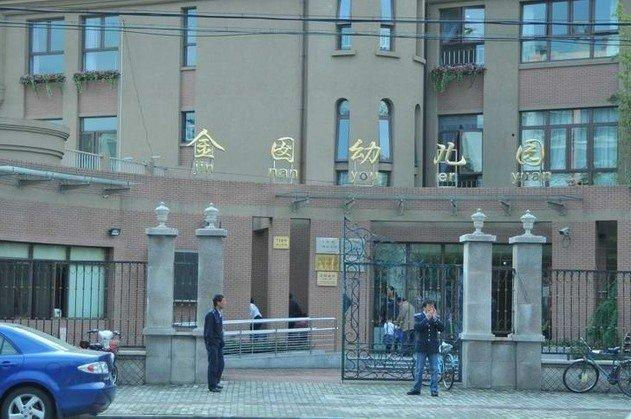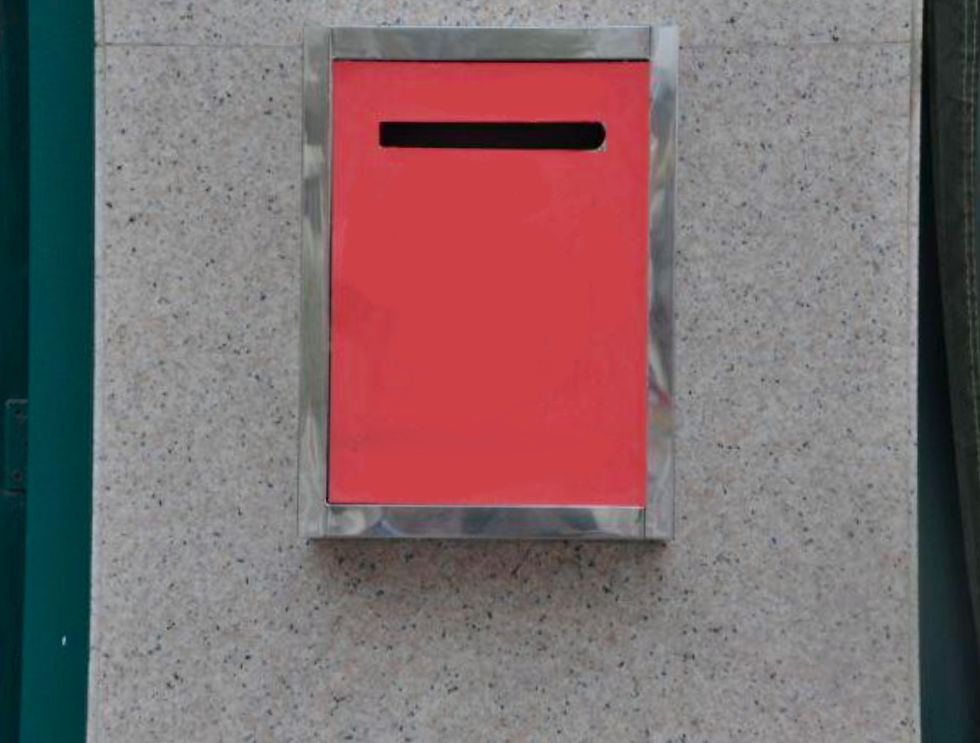Blog Post 1: Don't Recycle The Mercury Poison Back to Your Body
- lucychensilver
- Oct 27, 2020
- 2 min read
Here is the first checkpoint for my project. It represents the Benchmark 1 in Project Outline Page. I have read one academic review relating to solid waste disposal. It was incredibly long but can be understood easily.
Recycling, the fundamental reason China cities have put garbage sorting policy into action, is to manage the waste in a more environmentally friendly way.
The garbage sorting policy effectively distributes each kind of garbage at the beginning. If citizens obey this, it can be incinerated or appropriately reused.
For example, typical food organic waste compositions are agricultural waste, household food waste, human and animal wastes, etc. Some of those organic waste can be reused to be fertilizers in agriculture. Recycling can save many extra resources we need to use in daily life or in agriculture.

Valorization complete cycle of solid organic waste by mechanization
Y. Vögeli, C.R. Lohri, A. Gallardo, S. Diener, C. Zurbrügg, Anaerobic Digestion of Biowaste in Developing Countries: Practical Information and Case Studies, Swiss Federal Institute of Aquatic Science and Technology (Eawag), Dübendorf, Switzerland, 2014.
What happens if all kinds of waste, including battery, light bulb, and tissue paper, are smashed and piled together in a bin? Some poisonous substances of other wastes such as a battery. It is going to decay over time and absorbed by the organic wastes. Even though recycling workers want to reuse it after sorting them, it is still dangerous to use it in agriculture, which will finally return to the human body. The substance that emits out my battery, Mercury, will cause some main symptoms such as excitability, tremor, and stomatitis. Mild poisoning has neurasthenia syndrome and autonomic dysfunction.
Although most of them comprise materials rich in proteins, minerals, and sugars used in other processes as substrates or raw materials, all of those benefits will be wasted when people dispose them inappropriately. Which turns out to be the more than half percent solid wastes are discarded.

U.S. Environmental Protection Agency, Wastes – Non-Hazardous Waste – Municipal Solid Waste, 1200 Pennsylvania Ave., N. W. Washington, DC 20460, U.S.A. (2013).
Of course, more than one harms are presented when each kind of garbage is not classified and separated.
I concluded that it is necessary to educate people about what is behind the garbage sorting policy. When I ask my classmates, friends in the neighborhood, they told me they are aware of this policy and only know it is environmentally friendly. Sometimes they may not obey it if in an emergency or in laziness for a few occasions. It is true, but they need to know more about how this tiny action can help agriculture and society greatly if citizens obey them strictly. I also liked to show the harm of not doing it in this blog to let them know the potential danger of returning home.
The best way to enforcing a policy like this is not telling them to do it and tell them, "This is environmentally friendly." It is actually to tell more about the underlying process after the waste is disposed and how they will risk our health later to "scare" them.




Excellent work!